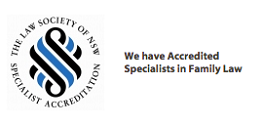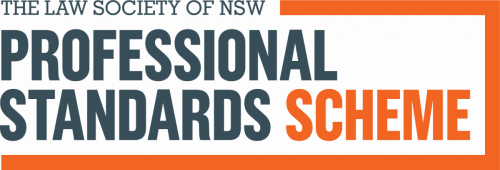If you are declared bankrupt, most of your assets vest in the trustee in bankruptcy. That means you cease to own these assets. The trustee will sell assets to repay debts owed by the bankrupt to creditors. The trustee may also control of the bankrupt’s bank accounts, lottery winnings or shares.
However, there are some assets the bankrupt can retain, such as:
- Everyday household items.
- Tools up to the value of $3,800.
- A car or motorbike used mainly for transport up to the value of $8,000.
- Superannuation (in most circumstances).
The trustee will also become the owner of the bankrupt’s share of any real estate, including the family home (“property”). The trustee will determine how to deal with the property and will consider:
- the value of the property.
- how much a mortgagee is owed.
- what are the mortgagee’s intentions.
- the number of co-owners and their intentions.
If your house is jointly owned, then the trustee only becomes the owner the share owned by the bankrupt. The co-owner however, will not be able to sell, transfer or otherwise deal with the property without the consent of the trustee.
If the bankrupt is employed then he or she is entitled to retain $59,031.70 per annum (after tax) from any wage. Any amount received over this amount, half of it will be paid to the trustee to pay the creditors until such time as the bankrupt is discharged from bankruptcy (usually, after 3 years and 1 day) or the debts of the bankrupt are paid in full.









